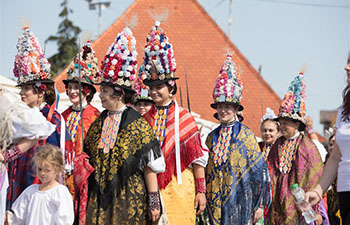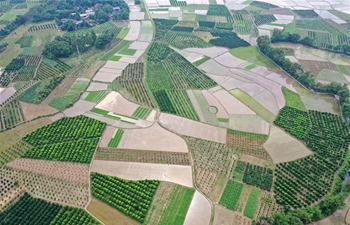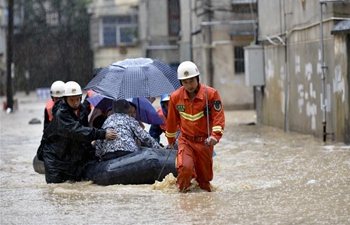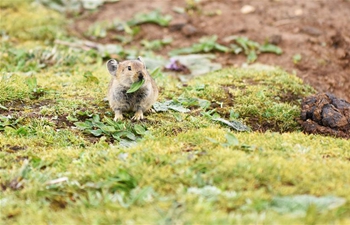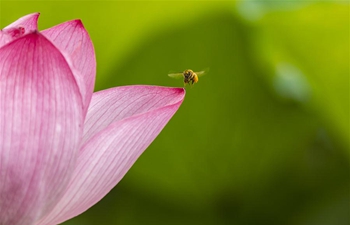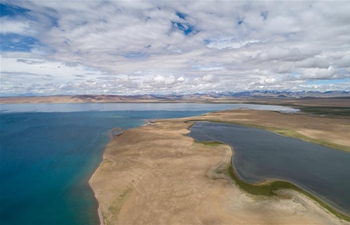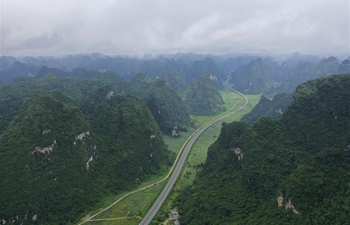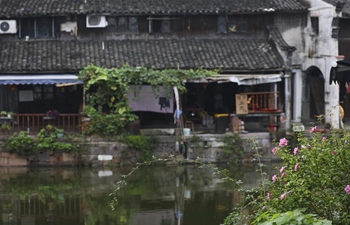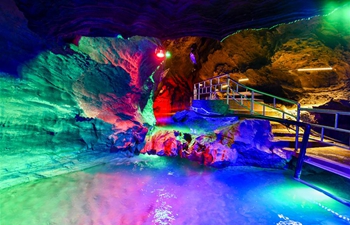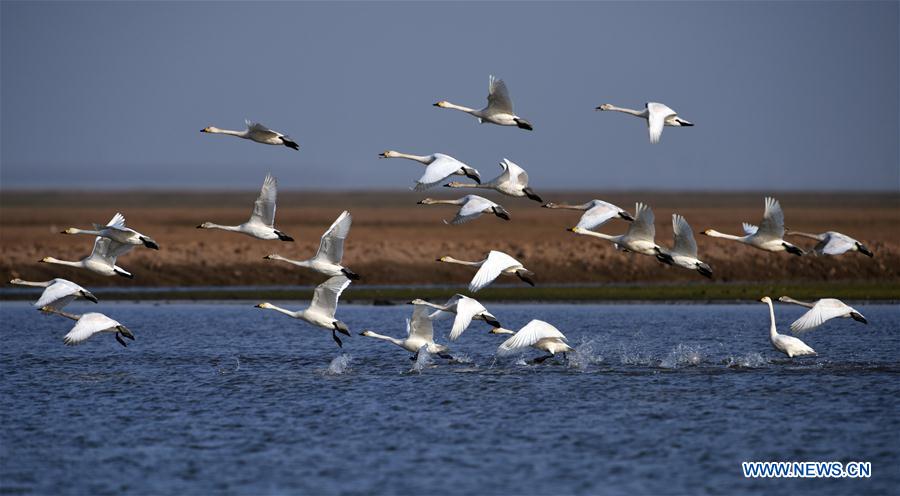
Little swans are seen in the Dongdongtinghu State-level Nature Reserve in central China's Hunan Province March 1, 2017. Located in central China, Hunan Province is well-known for its varied topography. It abuts the Dongting Lake to the north, and the east, south and west sides of the province are surrounded by mountains, with Wuling and Xuefeng Mountains to the west, Nanling Mountain to the south, Luoxiao and Mufu Mountains to the east. The Xiangjiang, Zijiang, Yuanjiang and Lishui Rivers converge on the Yangtze River at the Dongting Lake in the northern Hunan. In recent years, Hunan Province has been committed to promoting ecological development and reinforcing the overall governance of ecosystem composed mainly of mountains, rivers, lakes, forests and fields, in a bid to ensure blue skies and clean water and soil, as well as to create a beautiful landscape along the Yangtze River. Wulingyuan, a UNESCO World Heritage Site in the Wuling Mountain Range, houses more than 3,000 quartzite sandstone pillars and peaks, many over 200 meters in height, along countless ravines, rivers and waterfalls. Zhangjiajie, a picturesque tourist spot widely noted for its natural landscapes and cultural beauties in Hunan, has been dedicated over the years to developing tourism industry coordinated with agriculture, forestry, culture and sports. Represented by Zhangjiajie, Hunan is home to 23 national and 30 provincial nature reserves. Green development has become a highlight in the province as the forest coverage stands at 59.82 percent and good air quality days for 14 cities and prefectures of the province accounted for 85.4 percent last year. The "Hunan Day" event kicked off on Sunday at the Beijing International Horticultural Exhibition. Visitors can tour the Hunan Garden to explore its magnificent nature and multiple cultural facets. (Xinhua/Li Ga)




